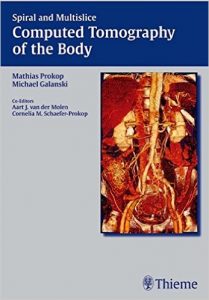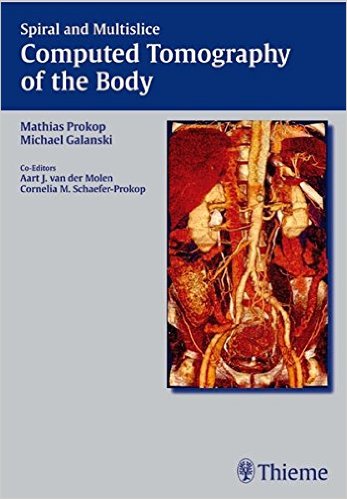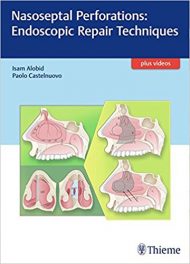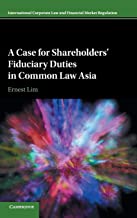 Editors: Mathias Prokop, MD; and Michael Galanski, MD.
Editors: Mathias Prokop, MD; and Michael Galanski, MD.
Co-Editors: Aart J. van der Molen, MD; and Cornelia M. Schaefer-Prokop, MD
Publisher: Thieme – 1,090 pages with 1,972 illustrations and 332 Tables
Book Review by: Nano Khilnani
According to an article in Wikipedia, tomography refers to “imaging by sections or sectioning, through the use of any kind of penetrating wave. The method is used in archeology, astrophysics, atmospheric science, biology, geophysics, materials science, oceanography, plasma physics, quantum information, and other sciences. In most cases it is based on the mathematical procedure called tomographic reconstruction.”
Meanwhile computed tomography, briefly referred to as CT (sometimes called X-ray CT or X-ray computed tomography) is a method of scanning different sections of an organ, tissue, or other part of the human body from different angles to produce cross-sectional (tomographic) images. A device called a CT scanner is used for this purpose.
The resulting images are virtual “slices” of specific areas of a scanned area or object. They enable the user to “see inside” an area or object without any physical cutting. Scanning enables the doctor or other health care professional discover diseases, disorders, deformities, and other abnormalities and anomalies. Such a method can, and is also used, on animals by veterinarians, and even inanimate objects by scientists to create detailed views.
There are many types of CT scanners, some quite basic, with single- to four-slice imaging for example, and others very sophisticated, with up to 16-slice imaging capability. You will see photos of many types of scanners in this book.
A close “cousin” of CT is CAT, which stands for computerized axial tomography. A computerized axial tomography (CAT) scan is a special type of X-ray used for viewing the internal organs of patients. Although a regular chest X-ray can show the heart and lungs, the CAT scan can show the same organs but with detail 100 times greater and with little or no additional irradiation (exposure to radiation).
There are other types of scanning using tomography, such as positron emission tomography (PET) and single-photon emission computed tomography (SPECT). In this book many types are shown and discussed.
Dr. Geoffrey Rubin of the Stanford University School of Medicine, who wrote the Foreword for this book, points out that CT scanning is a highly dynamic field, particularly in the last five years. Note that this book was published in 2003, and he was writing of developments until 2008. But since then, CT (and CAT) scanning technologies have continued to develop, with more capabilities and additional useful features.
The usage of CT scans has increased tremendously worldwide. A Wikipedia article estimates that some 72 million CT scans were performed in the United States in 2007, and as many as 1.5 to 2 percent of cancers (1.08 million to 1.44 million) were detected with these scans.
Only nine people worked on this very large book of nearly 1,100 pages. All are physicians, with six from Germany, two from the Netherlands, and one from Austria. To give you an overview of what they wrote for this book, we simply list the short titles of its 25 chapters below:
- Principles of CT, Spiral CT, and Multislice CT
- Image Processing and Display Techniques
- Patient Preparation and Contrast Data
- Optimization of Scanning Technique
- Radiation Dose and Image Quality
- CT-Guided Interventional Procedures
- Image Analysis
- Neck
- Lungs and Tracheobronchial System
- Mediastinum, Pleura, and Chest Wall
- Liver
- Biliary Tract
- Spleen
- Pancreas
- Gastrointestinal Tract
- Peritoneal Cavity and Retroperitoneum
- Adrenal Glands
- Kidneys
- Urinary Bladder
- Female Pelvis
- Male Pelvis
- Lymphatic System
- Heart
- Vascular System
- Musculoskeletal system
References
This is an extensive book with nearly 1,100 pages, not only on the subject of CT scanning, which is covered in the first fifth of the book or about 220 pages, but also provides CT scans of major systems in the human body in the next almost 800 pages, and the rest providing references sources and an index for further study and quick lookups respectively.
The first major part of the book, on the CT and CAT scanning process, is quote informative, in that it lays out and discusses basic principles underlying the process, how images are produced, display techniques, preparing the patient for scanning, the contrast chemicals and media, optimally using the scanning methods, and obtaining superior-quality images.
The second part shows and discusses in detail the hundreds of images obtained through computed tomography, computed axial tomography, and other imaging modalities. The images are of a wide range of sections and organs of the body from the head and neck down to the feet.
You will see what the blood vessels and bones look like in CT scans, how the heart and the cardiovascular system operate, how lungs and the tracheobronchial system function, how the components of the gastrointestinal system process food, how the reproductive system works, and much, much more.
Here are some of the benefits of owning this book:
- Up-to-date information on 4- and up to 16-slice scanning
- Guidelines for optimal use and interpretation of Ct, including CT angiography, cardiac CT, colonography CT, 3-D imaging, and much more
- Recommended parameters for single-, 4-, and 16-slice CT that yield high diagnostic imaging quality while maintaining radiation safety standards
- Convenient format organized by organ system and disease entity, with CT indications integrated with other modalities throughout the book
- Full discussion of all organ-specific pathologic findings
The advancement of technology in the CT scanning area has enabled clinicians to produce much more detailed and informative images, But the analysis and interpretation of those images has become more complex and difficult. This book helps you in those tasks.
This is a comprehensive work on scanning techniques. It also contains nearly 2,000 images of actual CT scans of organs and systems in the human body. It shows and discusses in detail different types of abnormalities, anomalies, bacteria, cancers, cysts, diseases, disorders, edemas, fungi, infections, inflammations, lesions, tumors, and much more that helps in diagnosis and correct treatment.
This is a comprehensive, excellent, very important, and valuable text on computed tomography and diagnosis for all parts of the human body.
Editors:
Mathias Prokop, MD is Associate Professor of Radiology in the Department of Diagnostic Radiology at University of Vienna in Vienna, Austria. He is also affiliated with the Department of Radiology at University Medical Center Utrecht in Utrecht in The Netherlands.
Michael Galanski, MD is Professor and Chairman of the Department of Diagnostic Radiology at Hanover Medical Center in Hanover, Germany.
Co-Editors:
Aart J. van der Molen, MD is affiliated with the Department of Radiology at Leiden University Medical Center in Leiden, The Netherlands.
Cornelia M. Schaefer-Prokop, MD is SSOCIATE Professor of Radiology in the Department of Diagnostic Radiology at University of Vienna in Vienna, Austria.
Contributors:
Christoph Engelke, MD
Maik Jorgensen, MD
Karl Juergen Lehmann, MD
Andreas Leppert, MD
Ulrich von Smekal, MD






